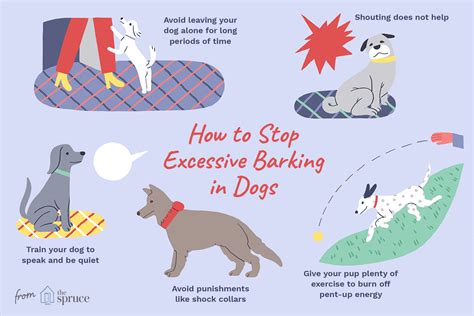How to Drive Safely While Your Dog is Barking
Driving with a barking dog can be incredibly stressful. It's distracting for you, potentially upsetting for your canine companion, and frankly, a bit embarrassing. This guide offers practical tips and tricks to ensure both your safety and your furry friend's comfort during car journeys.
Understanding the Root of the Barking
Before we dive into solutions, it's crucial to understand why your dog is barking in the car. Several factors could be at play:
- Anxiety and Fear: This is the most common reason. The unfamiliar sights, sounds, and movements of the car can trigger anxiety in dogs.
- Excitement: Conversely, some dogs bark out of sheer excitement about the journey ahead.
- Territoriality: Your dog might perceive the car as their territory and bark at passing cars or people.
- Boredom or Frustration: A long, uneventful journey can leave a dog feeling restless and leading to barking.
Strategies for a Peaceful Drive
Once you've identified the cause (or likely causes), you can implement effective strategies:
1. Harness Up, Both Literally and Figuratively
Secure your dog: Use a properly fitted dog harness and seatbelt system to keep your dog secure and prevent distractions. Avoid letting them roam freely in the car. A properly secured dog is a safer dog – and a safer driver!
Manage Anxiety: A calming aid, like a pheromone diffuser or a calming chew toy, can significantly reduce anxiety-related barking. Classical music or white noise played softly can also help create a more peaceful environment.
2. Prepare Your Pup for the Journey
Acclimate Gradually: Don't just throw your dog into the car for a long journey. Start with short trips, rewarding calm behavior with treats and praise. This positive reinforcement helps build positive associations with car rides.
Pack Comforts: Their favorite blanket, toy, or even a familiar-smelling item can provide comfort and reduce stress during the drive.
3. Minimize Distractions
Limit external stimuli: Close windows to reduce exposure to loud noises and distractions. Avoid engaging with your dog if he starts barking – this can inadvertently reinforce the behavior.
Plan your route: Opt for less busy routes, especially when you’re initially training your dog to travel by car. Fewer distractions translate into fewer barking triggers.
4. Training Techniques
"Quiet" Command: Teach your dog a reliable "quiet" command. This requires consistent training outside the car, followed by gradual introduction in the car environment.
Desensitization: Gradually expose your dog to car-related stimuli (sounds, movements) at a low intensity, rewarding calm behavior. Gradually increase the intensity as they demonstrate improvement.
5. When All Else Fails
If barking persists despite your best efforts, consult a veterinarian or a certified dog trainer. They can help identify underlying medical conditions or behavioral issues that might be contributing to the problem. They may also suggest more specialized training techniques.
Remember Safety First
Driving safely is paramount. If your dog's barking is excessively distracting, consider alternative transportation options for longer journeys. The safety of everyone on the road should always come first.
By implementing these strategies, you can significantly reduce barking during car journeys, ensuring a safer and more enjoyable experience for both you and your furry friend. Remember, patience and consistent training are key.
